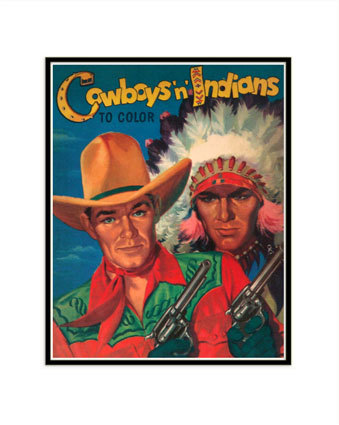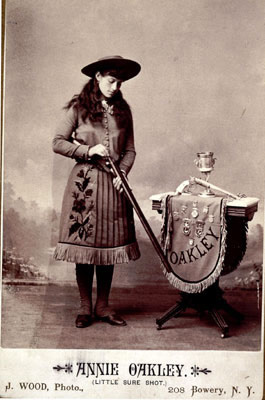Alcohol will clean the wound. Both drinking alcohol (ethyl alcohol) and rubbing alcohol (isopropyl alcohol) are disinfectants, meaning they kill the bacteria that may be in the wound. “The disinfectant properties have to do with the alcohol’s pH. However this will not do anything to stop the bleeding, as the alcohol does nothing to initiate blood coagulation. In fact, dipping anything in alcohol is not recommended by the American College of Emergency Physicians†(Elsivier Mosby pg 45). Alcohol will kill off good cells and actually disrupt the healing process AND it will hurt like crazy. Today’s recommendations for any wound cleaning are vigorously running water (to physically flush out the wound) and possibly soap (but water is the best). Movies such as old Western films will pour alcohol on wounds for the reason of entertainment value. The movie industry of the old West era and now do a lot of things that are medically incorrect but look good on the screen.
“The distilled alcoholic beverages which are sold, such as Jack Daniels Old Number 7 are about 40% alcohol which is not a great way to cleanse a wound, but in the absence of another treatment, would be better than the water from a creek or pond†(Andreadis, Athena). Still water from creeks and ponds are not good to clean cuts, if using water, vigorous running water is what is needed. However, in the old westerns, most of the alcoholic drinks sold were actually a home distilled drink made by the saloon keepers, much like moonshine, and would be more like 80-90% alcohol. This would kill all the germs and bacteria in the cut. This type of alcohol would disinfect the wound, but also kill some of the good germs which actually help heal the wound. Alcohol also would not relieve pain topically, but causes some localized tissue damage which would then cause a decrease in sensation of pain.
“Alcohol will kill the tissue also along with sterilizing it so, not a good idea. If no other sterilization is available, like most of the time in the old West then the use of alcohol to disinfect the wound should be used. But there are much more new and better products to disinfect wounds with in this modern era†(Doctor Moring).
Alcohol is better than peroxide, besides where can you find peroxide in the West? Probably didn’t exist. Alcohol will burn, but it will cleanse the wound and kill any germs in there. Nobody carries peroxide around, but alcohol, yes. And like in the old West, it might be a long way from home when it happens. “Alcohol is good for wounds but it doesn’t numb anything, unless you drink it and pass out but, that would be like a sedative. You sure wouldn’t feel anything†(Jason L. Gibsy pg 29). The overall looks at alcohol to do the job of a current day EMT are slim to none. Alcohol will disinfect and actually clean the cut. But, using alcohol to do this will actually kill the good germs which help heal the wound. So yes it will help clean the would, but it is not always helping in the big picture. Alcohol though does not help stop bleeding what so ever. Alcohol has no halt on blood coagulation and the wound will keep dispersing blood if alcohol is only source used to up ease the wound.
Author: Dan Frederickson
Bibliography:
Elsivier Mosby. Mosby EMt Basic EMt Textbook. Rhode Island: Mosby/JEMS, 2007.
Jason L. Gibsy. Sensations of alcohol. New York: Rossman, 1999.
Andreadis, Athena. “Old Western Myths†Science Jan. 2006: 64- . Yahoo. www.yahoo.com
Doctor Moring. “Western Mythbuster.” Massachusetts; 2009.

 When I think about the West the first thing that comes to mind are the Westerns. Movies made about cowboys and Indians. When you watch one of those movies you get the idea in your head that Indians and Cowboys spent their days battling throughout the Great Plains of the West. This was totally proven wrong to me when I chose to bust the myth about cowboys and Indians. And I did just that, there was never any record of a single battle or even a brawl between Indians and Cowboys. I spent many days online and in the library trying to find at least some type of record about Indians and Cowboys, but truth be told there was none. When white settlers decided to move over to the West the Indians faced the US military not the heroic image of the cowboy that most people thought.
When I think about the West the first thing that comes to mind are the Westerns. Movies made about cowboys and Indians. When you watch one of those movies you get the idea in your head that Indians and Cowboys spent their days battling throughout the Great Plains of the West. This was totally proven wrong to me when I chose to bust the myth about cowboys and Indians. And I did just that, there was never any record of a single battle or even a brawl between Indians and Cowboys. I spent many days online and in the library trying to find at least some type of record about Indians and Cowboys, but truth be told there was none. When white settlers decided to move over to the West the Indians faced the US military not the heroic image of the cowboy that most people thought.  When one thinks of famous women of the American West, Annie Oakley is sure to appear on any list’s top ten. A tremendously gifted sharpshooter, Oakley became infamous around the globe in the late nineteenth century while she performed in Buffalo Bill Cody’s Wild West Show, which she toured with from 1885 to 1901. However, while Oakley is widely given credit for being a Western star, a true American cowgirl, the woman never lived farther west than Darke County, Ohio, and has never been more than an exhibition and entertainment shooter.
When one thinks of famous women of the American West, Annie Oakley is sure to appear on any list’s top ten. A tremendously gifted sharpshooter, Oakley became infamous around the globe in the late nineteenth century while she performed in Buffalo Bill Cody’s Wild West Show, which she toured with from 1885 to 1901. However, while Oakley is widely given credit for being a Western star, a true American cowgirl, the woman never lived farther west than Darke County, Ohio, and has never been more than an exhibition and entertainment shooter.